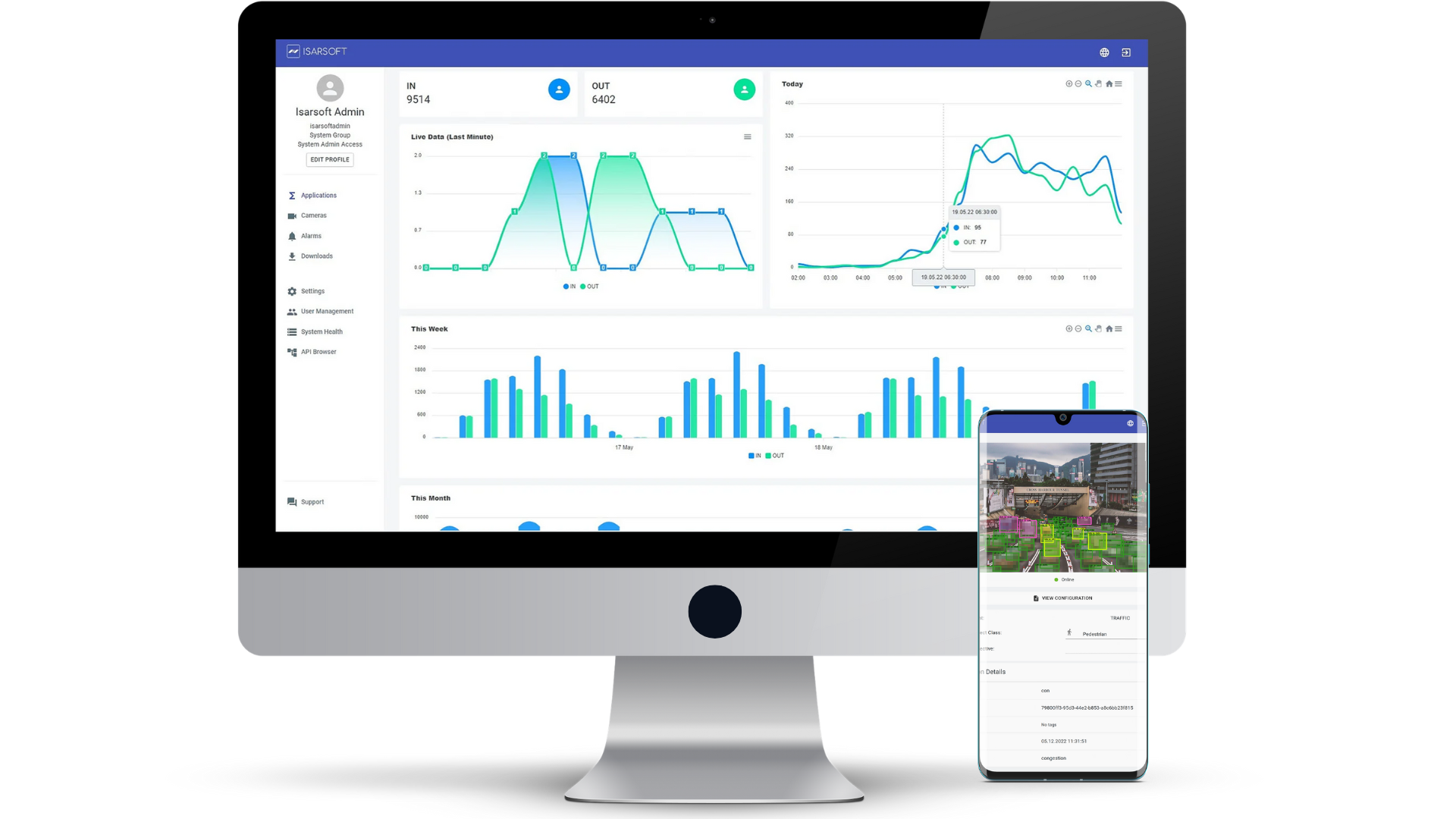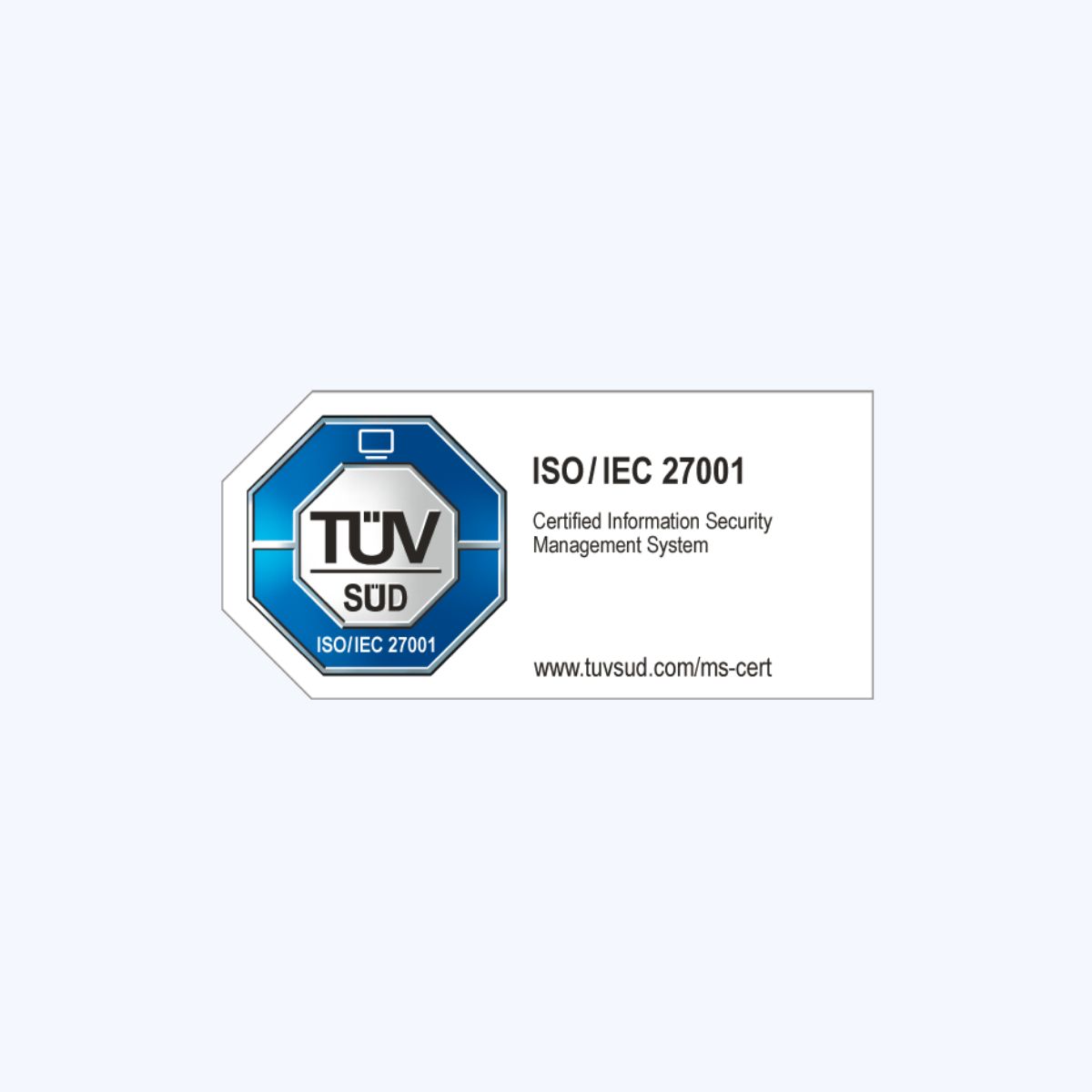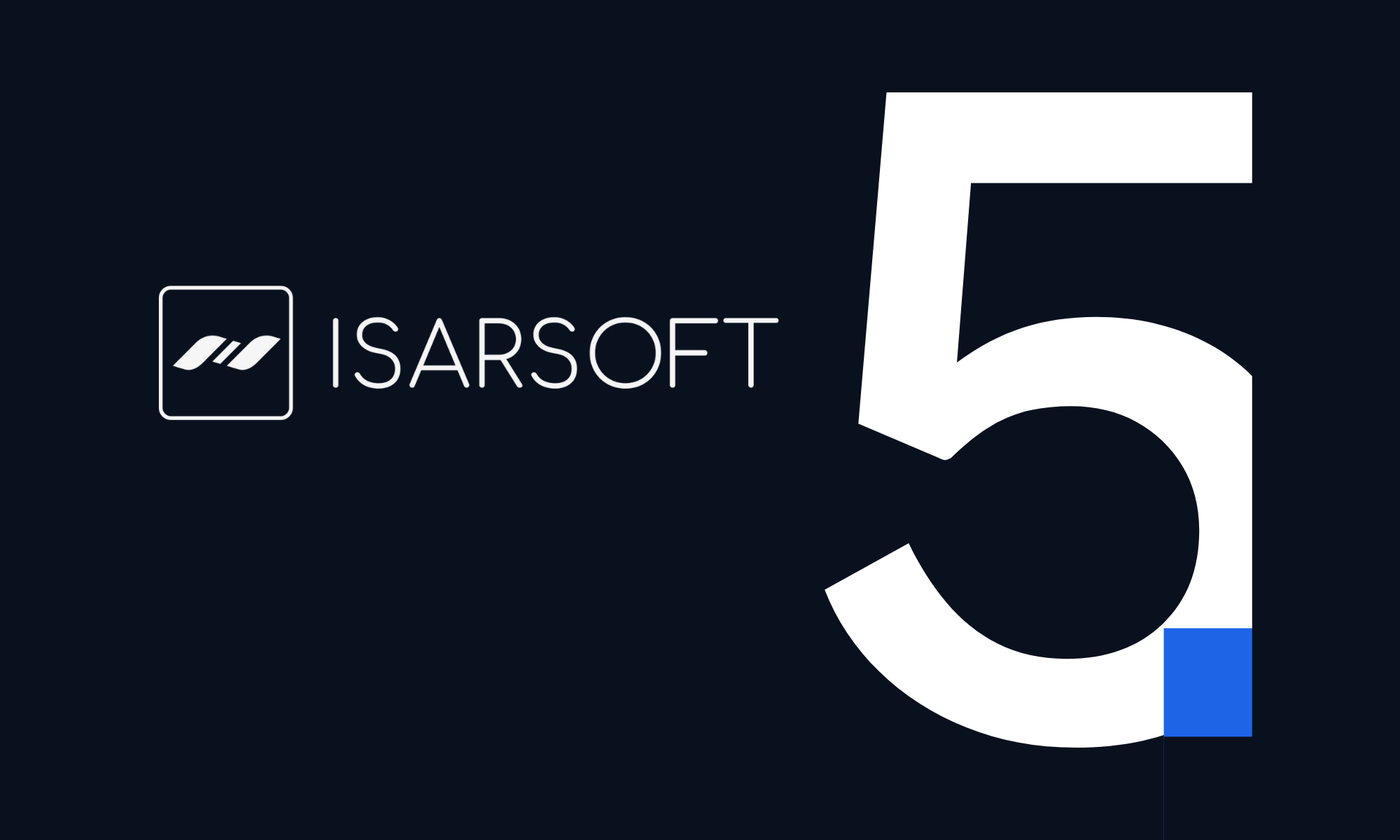How to Visualize People Flow in Train Stations
Isarsoft Perception has extensive functionality in the domain of train stations. It offers a set of video analytics-based visualization to users in order to assess, analyze and optimize train stations better.
Published
January 30, 2023

Isarsoft Perception features a comprehensive set of video-analytic based visualizations that can be used for purposes of better understanding, observation and analysis. What exactly does this mean, then?
Isarsoft Perception’s suite of visualizations are offered in the form of maps, namely, path and position maps, a dwell time map that exhibits collective dwell times of detected objects, a velocity map and a trajectory map that displays trajectories of movement.
In this article, we discuss visualizations in the context of train stations. Train stations are a particularly appropriate case study for the subject, owing to the constant hustle and bustle they undergo. This justifies the use of all visualization maps in the context.
How does Isarsoft Perception perform visualizations using heat maps, in train stations?
To explain adequately how Isarsoft Perception performs visualizations in train stations, we have compiled a list that explains each map in detail. The list is as follows:
Position Map
Heat maps are traditionally used to visualize and represent a geographical distribution of data, in this case, detected objects on a train station. A position map is a specific kind of heat map that is used to visualize the positions of the objects in a given instant of time, as well as in continuation.
Planners can use this map to assess relative positioning, infrastructure, usage and efficacy of existing structures and standards. The color index is as follows: red signifies high population, yellow indicates scattered populace and blue/turquoise is for low amounts of population.


Path Map
A path map is a way to visualize paths by detected objects at the time of observation. Planners and decision-makers use path maps to assess commonly frequented paths, flow of traffic and pedestrians, favored routes and occupancy figures.
The color index is the same as for the position map above.

Dwell Time Map
Dwell time heat maps are self-explanatory, they are tools of visualization that are used to assess the dwell time of detected objects pictorially. They can be implemented in the context of train stations to analyze wait time figures, and evaluate the efficacy of train schedules. Areas marked in red indicate areas where detected objects dwelled the longest. Yellow and blue, respectively, are for shorter spans of time.
They can also be used to conduct infrastructure usage monitoring, and accessible placement of ATMs, ticketing machines and shops in the premises of the station.

Velocity Map
Velocity maps are especially useful in the context of train stations as they can be used to track the location and speeds of detected objects. The image below is a velocity map of the train station under observation in this article.

Trajectory Map
A trajectory map, as can be seen in the image below, is a cartographic representation of individual trajectories. A map of this kind serves the purpose of tracing routes, and thereby, gathering information on infrastructure usage figures, possible design changes, and efficacy.
It can also be used by retailers and vendors at a train station to assess commonly used paths by commuters and strategize better methods to boost sales.

How do Visualizations benefit users?
Better Understanding of Data
Visualization is instrumental in aiding planners to understand huge volumes of data, easily and quickly. Any visualization process involves working with a large amount of data, and very conveniently packing it into graphical or pictorial form to instant comprehension without actually having to study the data.
Isarsoft Perception’s visualization maps do the same, with each map focusing on a particular KPI and highlighting it to promote ease of use.
Quick Response Time
One of the primary reasons inducing the fast growth of video analytics use is the fact that it allows personnel to respond quickly. Whether it is a situation involving safety-critical factors or an event where staff deployment needs to be optimized, visualizations help security and planning staff be better equipped to handle any kind of situation, anticipated or not.
Provides Access to Insights
Isarsoft Perception’s suite of visualization maps are calibrated carefully, with each map positioned to focus on a specific KPI. The visualizations are part of the Object Flow application and prove especially useful in the context of visual comprehension.
They provide access to certain insights as a result of the medium of display that perhaps would be difficult to spot in traditional reports.
More about Isarsoft
With Isarsoft Perception, your camera systems become part of your business intelligence. Whether the goal is to increase efficiency, customer satisfaction or safety, Isarsoft Perception provides the insights needed for informed decisions.

Contact us, to learn more about how to turn security cameras into intelligent sensors.



